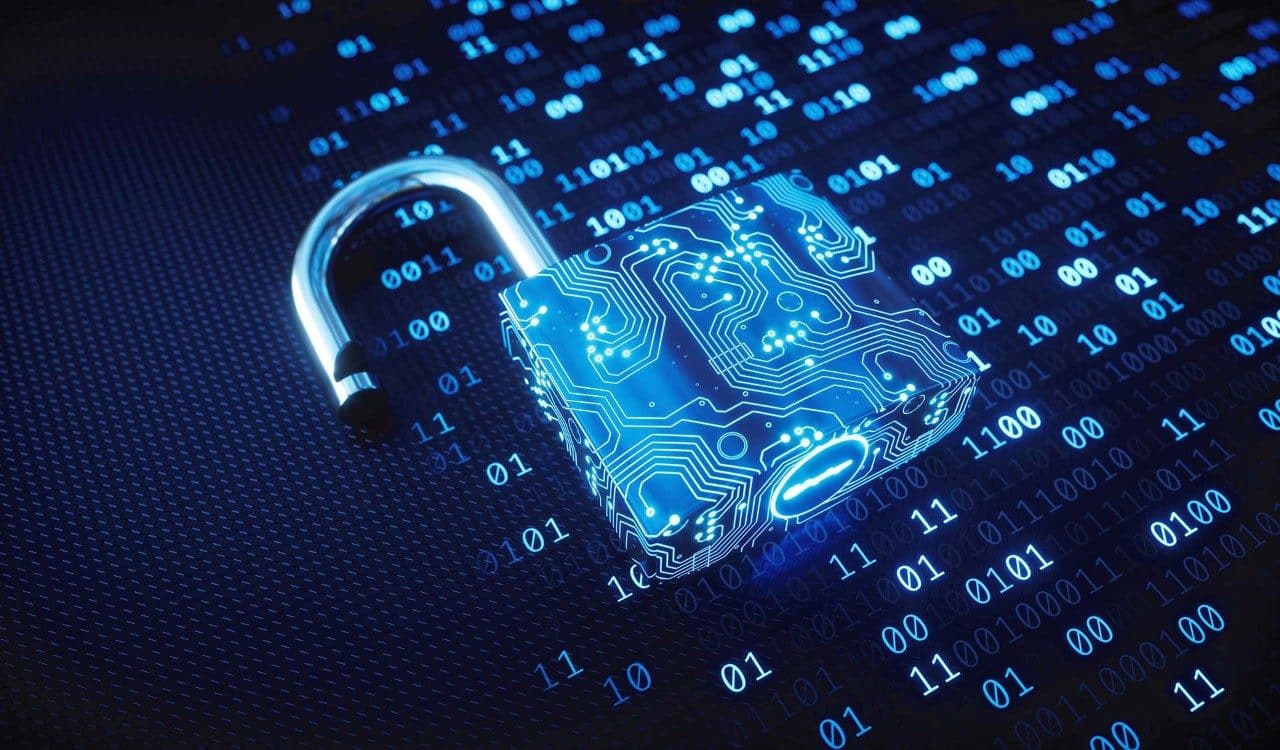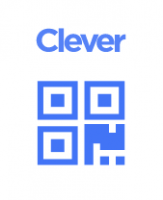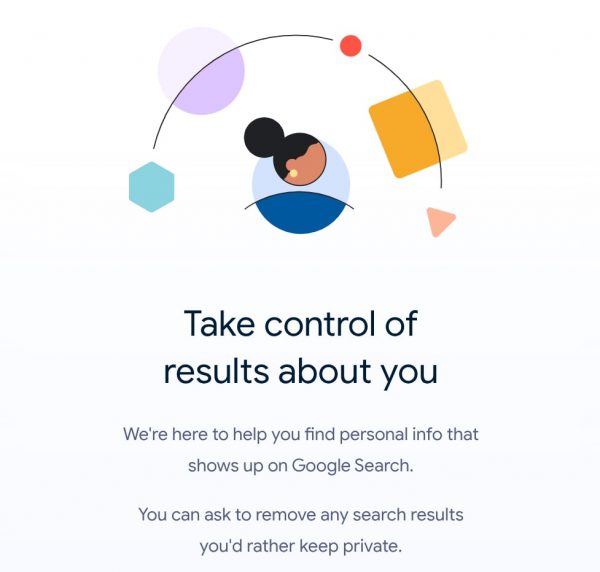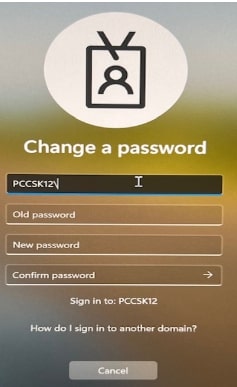
With so many of us working from home and spending even more time online than ever before, it’s important to recognize the red flags of potential attacks on the security of our data and other information. Please review the following documents to understand how you can protect yourself and your data.
20 Ways to Stop Mobile Attacks
Scams unfortunately are widespread as are malware viruses. Apart from malware infecting online coronavirus maps (see this story as well as the third bullet item below), here are some items just noted by Forbes magazine to give you pause as you conduct yourself online.
- Jiri Kropac, a researcher at cybersecurity firm ESET, saw a spike of 2,500 infections from two malware strains spread by coronavirus-themed emails on Monday, according to a Forbes report, with another company, Proofpoint, saying the number of attacks so far have perhaps been the largest its ever seen set around a single theme.
- As reported by Forbes, a slew of coronavirus-based domain names have been registered that could be used to infect users with malware—addresses like coronavirus-map[.]com, coronavirus[.]app and vaccine-coronavirus[.]com.
- In particular, there have been a number of scams involving coronavirus maps that mimic the legitimate Johns Hopkins’ resource, with the program’s designer Esri commenting on the confusion saying “Whomever posted the malicious downloadable app is attempting to take advantage of the strong public interest concerning the coronavirus, but it requires the user to either download the app executable or it could be distributed by email for the user to then install onto their local Windows system.”
- Additionally, users should be mindful of phishing emails that disguise themselves as coming from the Center for Disease Control and Prevention and the World Health Organization, with the latter noting that WHO emails are addressed “.int” and that “WHO does not send email from addresses ending in ‘@who[.]com’ ,‘@who[.]org’ or ‘@who-safety[.]org’.”





